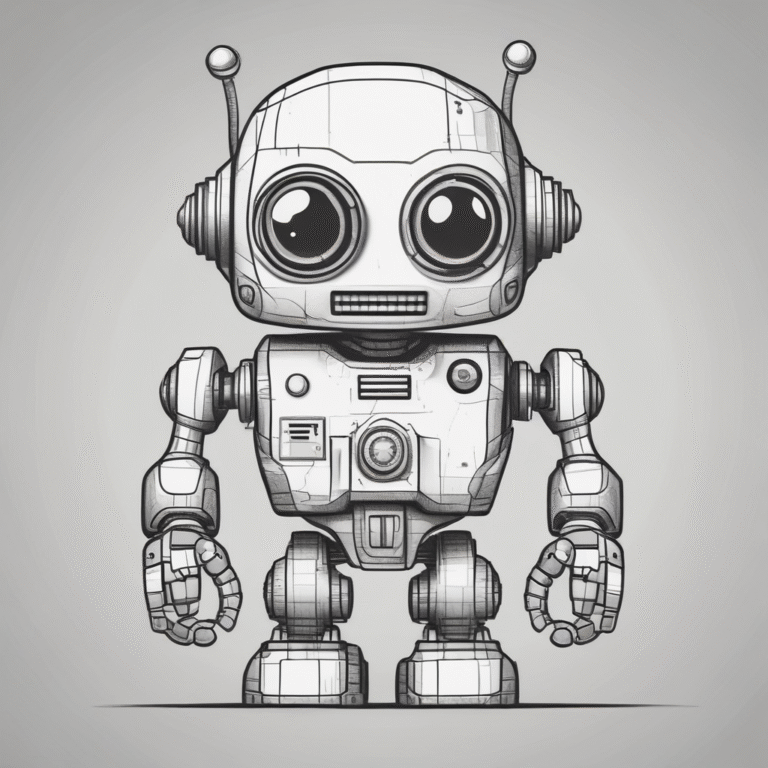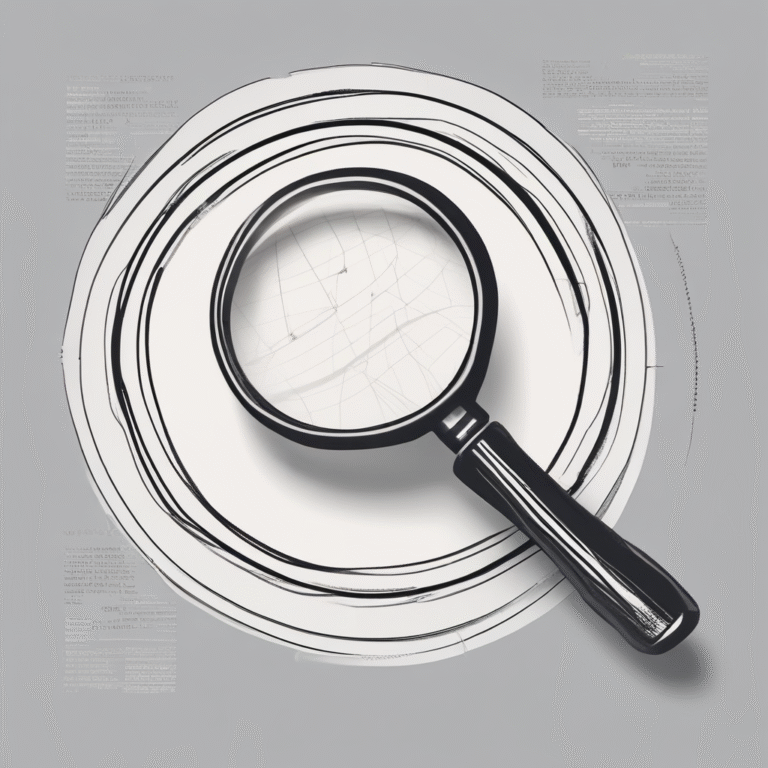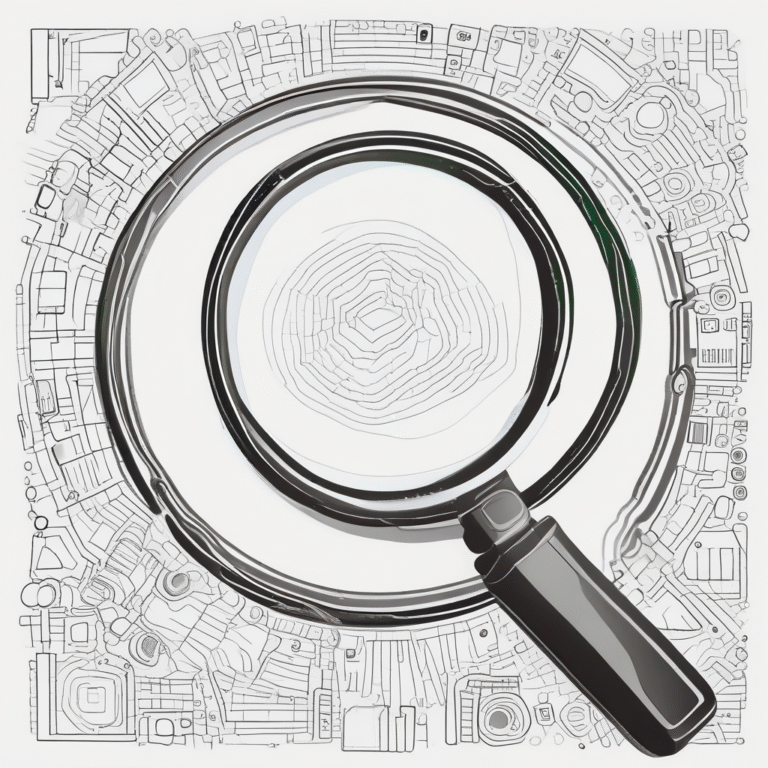Italy’s AI Law Comes Into Force
On October 10, 2025, Italy will become the first EU member state to implement a national artificial intelligence law, ahead of the bloc’s EU AI Act. This milestone, reflected in Law No. 132 of 2025, was published in the Gazzetta Ufficiale in late September, positioning Italy at the forefront of Europe’s evolving AI governance landscape.
Background of the EU AI Act
The EU AI Act, which is set to apply across the European Union starting in 2026, aims to harmonize regulations governing the development and use of AI technologies. However, Italy has opted for a proactive approach, enacting a domestic framework that incorporates national oversight and enforcement mechanisms, thereby bridging the gap between policy and practice.
Key Features of Law No. 132/2025
Italy’s law adopts a human-centric approach to AI, emphasizing transparency, privacy, and safety. Once in effect, it will establish the first comprehensive national AI framework within the European Union.
Unlike the gradual implementation of the EU AI Act, the obligations set forth in Italy’s legislation will take effect immediately. This allows national regulators and organizations a valuable year-long head start as they adapt to these new requirements.
Regulatory Authorities and Compliance
Law No. 132/2025 designates two national authorities—the Agency for Digital Italy and the National Cybersecurity Agency—to oversee compliance within the country. The law introduces criminal penalties for the harmful use of AI, including deepfakes, with prison sentences of up to five years when harm occurs. Additionally, it tightens child protection rules, mandating parental consent for individuals under 14 years of age to utilize AI tools.
Support for Domestic AI Development
To foster domestic development in parallel with regulation, the Italian government is launching a €1 billion innovation fund aimed at supporting advancements in AI, cybersecurity, and telecommunications infrastructure.
Scope of the Law
This law applies to AI systems across critical sectors, such as healthcare, justice, education, public administration, and employment. Organizations are required to ensure that their AI systems are traceable, explainable, and subject to human oversight, particularly in contexts that affect individual rights. Furthermore, copyright regulations are tightened, allowing AI systems to only access non-copyrighted data or material authorized for scientific research.
Conclusion
Italy’s swift legislative action highlights a new phase in Europe’s AI governance, where national frameworks can shape practical applications ahead of EU deadlines. Other EU member states may take note of Italy’s approach, particularly regarding child protection and criminal enforcement as they develop their own AI regulations.










